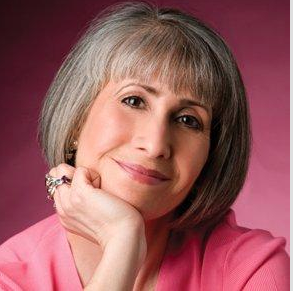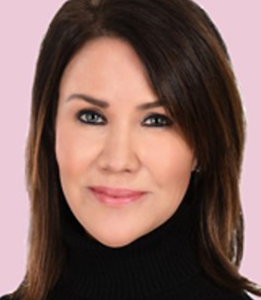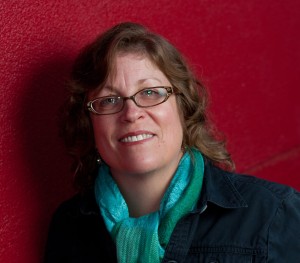The Latest on Later Motherhood by Elizabeth Gregory, author, READY
 The 2012 edition of my book on the later motherhood trend, called READY: Why Women Are Embracing the New Later Motherhood (Basic Books), recently hit bookstores. The first edition came out in December 2007—the very month the economic downturn began. Little did we know then that the recession would directly affect the birthrate (down more than 7% between 2007 and 2010, and a bit further in 2011). Or that, in a time lag effect, it would further increase the later motherhood trend. But that’s what’s happened.
The 2012 edition of my book on the later motherhood trend, called READY: Why Women Are Embracing the New Later Motherhood (Basic Books), recently hit bookstores. The first edition came out in December 2007—the very month the economic downturn began. Little did we know then that the recession would directly affect the birthrate (down more than 7% between 2007 and 2010, and a bit further in 2011). Or that, in a time lag effect, it would further increase the later motherhood trend. But that’s what’s happened.
The biggest birth-rate decline occurred among young women (16% drop among women 15-24), with decreasing drops stair stepping up through the 30s (down 8% among women 25-29, and down about 4% among women 30 to 39).
But the rate among women 40-44 rose more than 6% between 2007 and 2010. That’s not a recession effect—since those women were part of the long-running global trend among women to start our families later than our mothers did, where possible, and sometimes much later. The 40+ group had already waited, didn’t feel they could delay further, and tended to be in better financial shape than their younger peers. But down the line, as the recession abates, the likelihood is good that those women who refrained from children during the recession will have them —later. So we may be seeing a flood of later moms in the next few years!
Along with discussion of the recessionary later mom surge, the new Preface includes updates on Fertility Scaremongering (media misinformation campaigns about in/fertility are all around us) and the Race and Class dynamics of the later motherhood trend. Women of all races delay the start of their families in order to invest their early adult years in education and in establishing at work. In the US, Asian women have the highest rates of delay and of later births. The book also includes a discussion of the politics of the anti-choice movement and how that connects to the trend to delay. Clearly birth control has allowed many women to become educated, to move up the work ladders, and to arrive in positions where they can begin to change policy—and some folks seem to not like the idea of women having an equal voice.
The Preface also brings together new research by others on the effects of later motherhood in various realms. For instance, there’s strong new data that correlates delay of family to long-term happiness ( Myrskyla & Margolis). On the economic front, READY expands on data in a recent paper by Amalia Miller on the wage benefits that accrue to delay – for college graduates, every year of delay results in a long term earnings gain of roughly 12%. So a woman who had her first child at 30 would be making about twice as much across her career as she would have done if she’d had her first child at 22, and so on up.
The book as a whole is built around the stories of 113 later moms, who had their first child by birth or adoption at or after 34 (the cut off was supposed to be 35, but several women who’d been 34 at first birth insisted that they were part of the same trend and wanted to talk too!). Their voices and wisdom give the book a solid sense of how women over the past 50 years have used birth timing as a workaround to negotiate the US’s largely family-UN-friendly work system – allowing them to combine happy family lives with successful careers.
READY combines those stories with lots of data—on the economics of women’s work, on fertility and infertility dynamics, on adoption, on family dynamics and peer marriages, on lesbian families (which often involve two later moms!), and on the history of the later motherhood trend (precursors include women as various as the Biblical Sarah, mother of Isaac, Mary Wollstonecraft, and Lucille Ball [Lucy was 41 when Little Ricky arrived]).
Since the trend began in the mid-70s, our collective story has been one of immense social and physical evolution. The combination of ability to control fertility with the 30 years added on to the average life span in the past century have enabled the new later motherhood, which in turn has allowed women to trickle up into positions where we can now hope to change the work rules, so that women after us won’t have to delay in order to have both families and careers. And men won’t have to ignore their families in order to get ahead at work.
Though it involves its share of difficulty, we have been part of a very positive social change for families, which allows us to wait until we feel ready to settle down.
 Elizabeth Gregory directs the Women’s, Gender & Sexuality Studies Program at the University of Houston. She and her new later dad husband have two daughters, 7 and 15. She blogs about birth timing and the politics and economics of women’s work at http://www.domesticproduct.net/
Elizabeth Gregory directs the Women’s, Gender & Sexuality Studies Program at the University of Houston. She and her new later dad husband have two daughters, 7 and 15. She blogs about birth timing and the politics and economics of women’s work at http://www.domesticproduct.net/
Tags: 40+ mothers, 50+ mothers, adoption, being an older mother, infertility, midlife mother, pregnancy later in life, Ready Elizabeth Gregory















